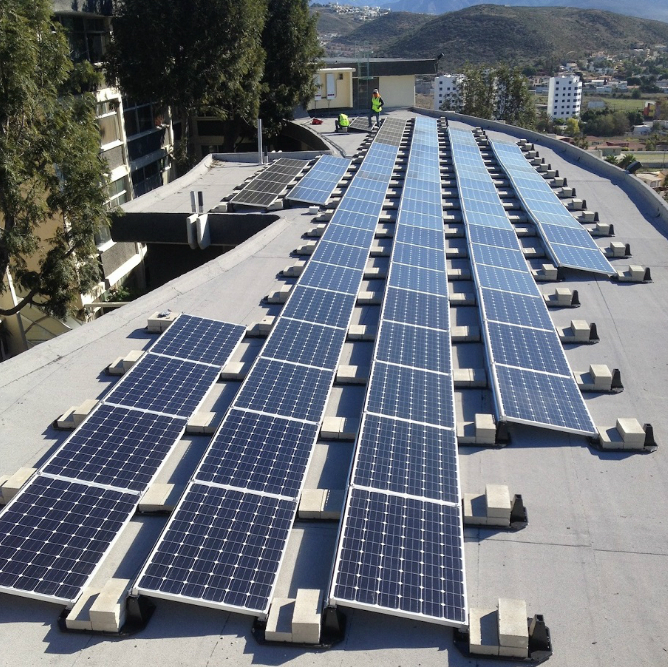Epdm roof membrane 60 mil ballasted membrane and stone ballast only 10 75 20 lbs.
Stone ballast roof weight.
The membrane for such systems is usually not attached to the substrate although some systems do have supplementary perimeter attachment.
None asphalt roll roofing 1 1 lb m ft 2 5 4 kg m 2 asphalt shingle or asphalt fiberglass composite shingle 2 7 lb m ft 2 13 2 kg m 2.
Epdm roof membrane 60 mil fully adhered membrane only 0 47 lbs.
A ballasted roof generally refers to a single ply roof membrane that is held in place against wind uplift by loading the surface with either stone ballast or pavers.
Extremely difficult to find a leak in this system since the membrane is well hidden.
It can also be a bit challenging to find a leak with a ballasted roof system and because the stones tend to collect a lot of dirt patching it can be a bit difficult.
Drawbacks of a ballasted roof system.
This study showed that when the ballast weight is a minimum of 15 psf or greater the ballasted system stone or paver performs the same or better than the energy star listed tpo product.
The weight of roofing constructions above the truss rafter may be estimated with the calculator below.
Adds a lot of weight to the roof system typically 10 15 pounds per square feet.
The weight on a ballasted roof can be from 10 to 25 pounds per square foot meaning the substructure must be designed specifically to carry more weight than other roofing systems.
Ballast is different from bur protective gravel.
Despite the positive qualities associated with a ballasted roof system there are some challenges.
This study showed that when the ballast weight is a minimum of 15 psf or greater the ballasted system stone or paver performs the same or better than the energy star listed tpo product.
Ballast is assumed to be round 38 mm 1 5 in or 64 mm 2 4 in smooth stone consisting of ballast gradation sizes 2 and 4 as specified in american society for testing and materials astm d448.
Epdm roof membrane 90 mil fully adhered membrane only 0 56 lbs.
This study was presented to epa and a submittal was made to have this cool ballasted system listed as a qualified energy star roof product.
The amount of ballast varies from 50 to 65 kg m 10 to 13 psf in conventionally loose laid gravel stone ballasted single ply assemblies.
Since the ballast is the primary.
Too much gravel can result in a structural issue due to weight.
Ballast stone traps a lot of dirt making patching difficult.
1075 2000 lbs.
Since nothing secures the waterproofing membrane to the roofing materials underneath ballast is needed for weight to protect the roof from strong winds.
Ballast stone fractures and gets sharper over time which can puncture the.
It is very important to note that the amount of gravel being applied to a roof must be precise it depends on the specific roofing spec being used and the building type.

